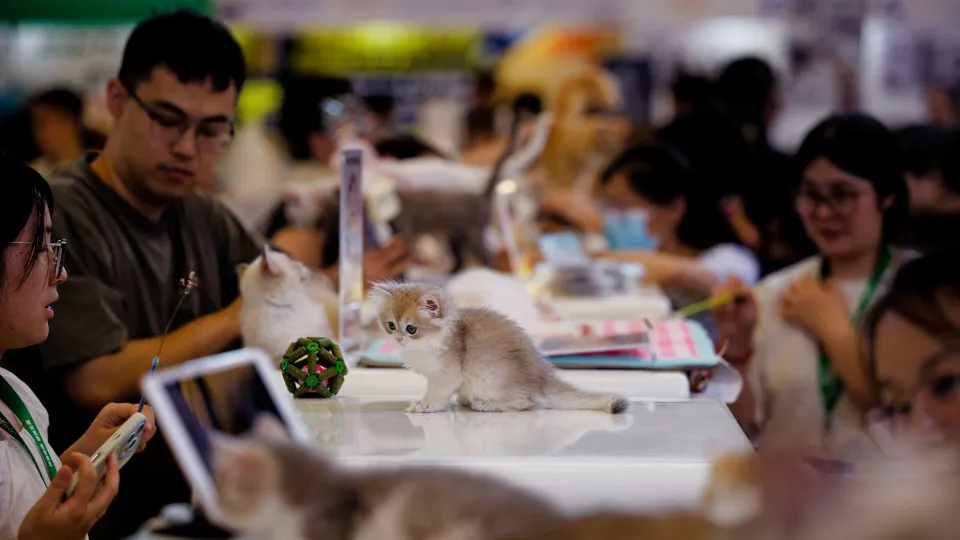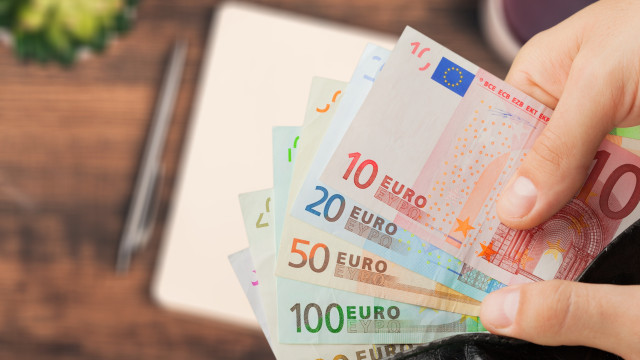
The Purchasing Managers’ Index (PMI), a key indicator created by financial ratings agency Standard & Poor’s widely used by international investors to assess China’s manufacturing industry, recorded 50.4 points in June and 49.5 in July.
In the PMI, a reading above 50 points indicates an expansion of activity compared to the previous month, while a figure below that threshold corresponds to contraction.
The newly released figure surpassed analysts’ predictions, who had anticipated a maintenance of negative territory at 49.5 points.
The results publicized by Caixin contrast with data released on Sunday by China’s National Bureau of Statistics, which reported a contraction in activity in August for the fifth consecutive month, albeit at a more moderate pace than in July.
The publication stated that the observed expansion was due to “the revival of new orders and the moderation in the decline of external demand.”
“The increased volume of new orders led to a backlog of work in August. Regarding prices, production cost inflation accelerated to its highest level since November 2024,” the report detailed.
Caixin further noted that selling prices remained stable after eight consecutive months of decline, amid “intense competition,” and that “business confidence strengthened, reaching its highest in five months.”




